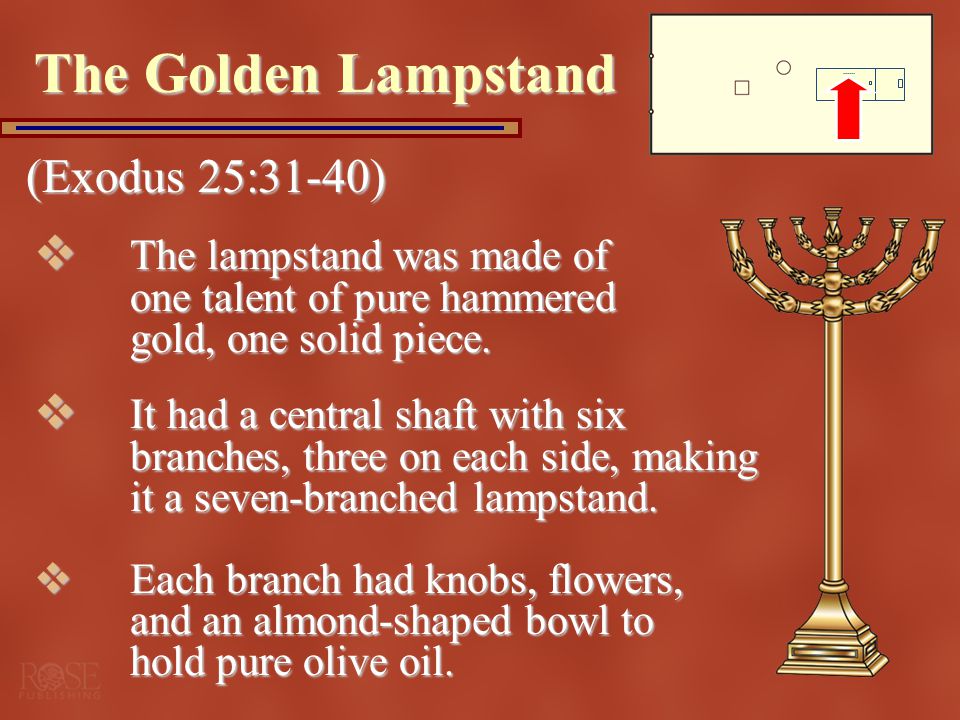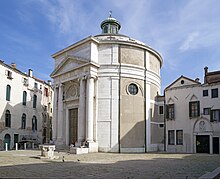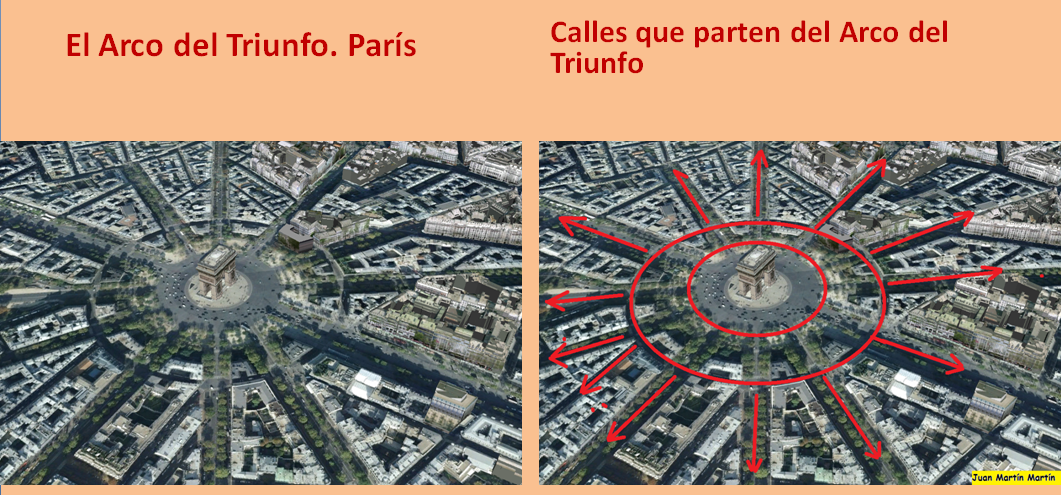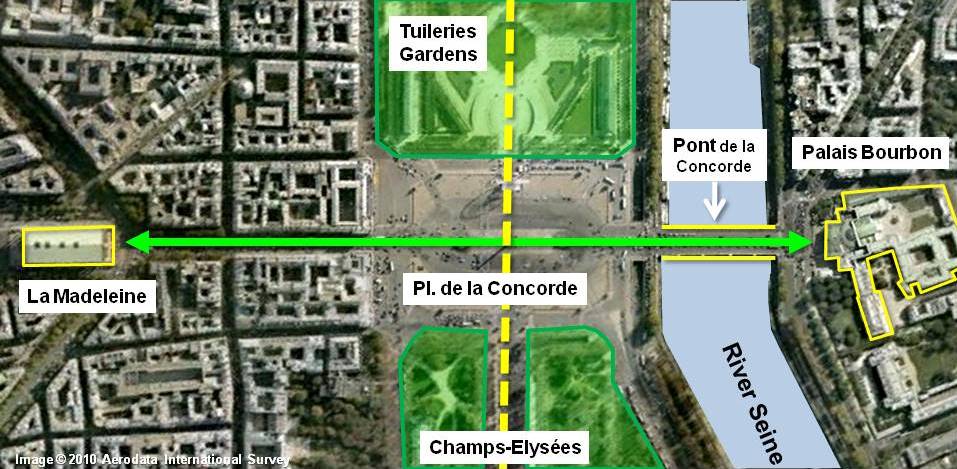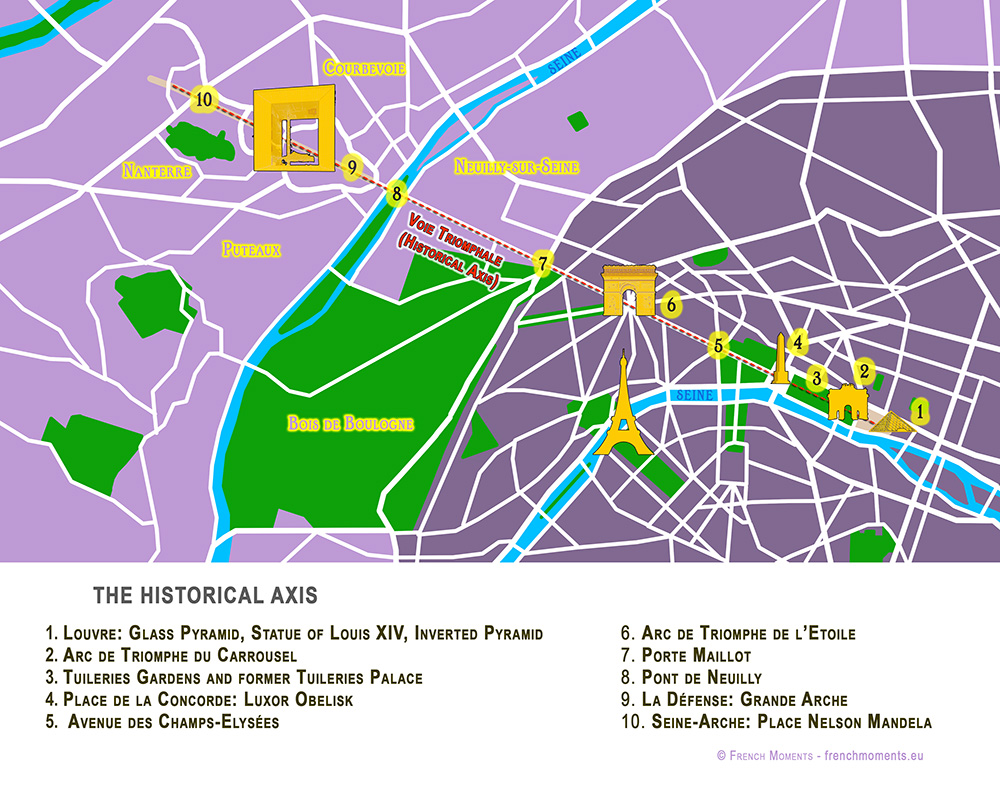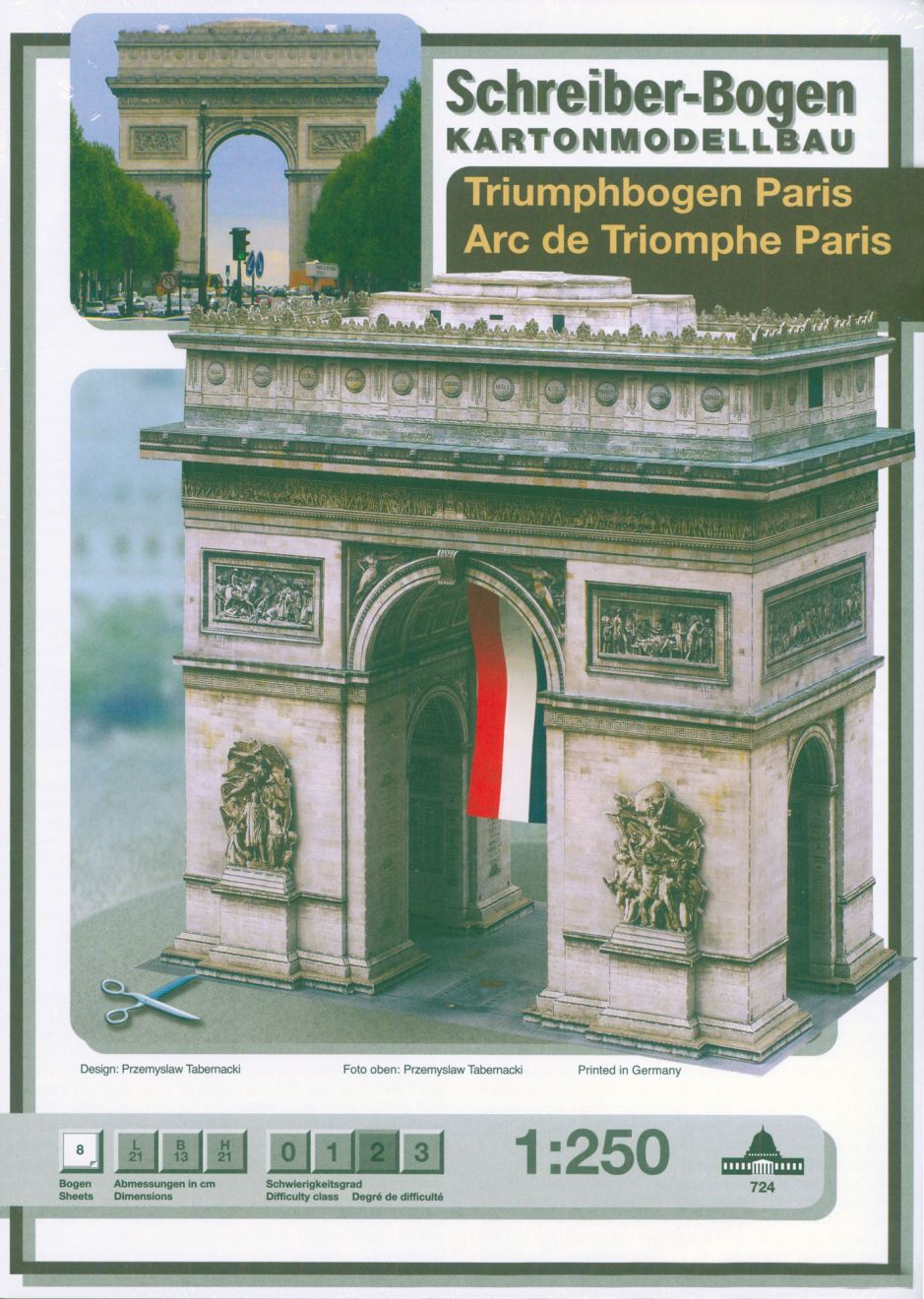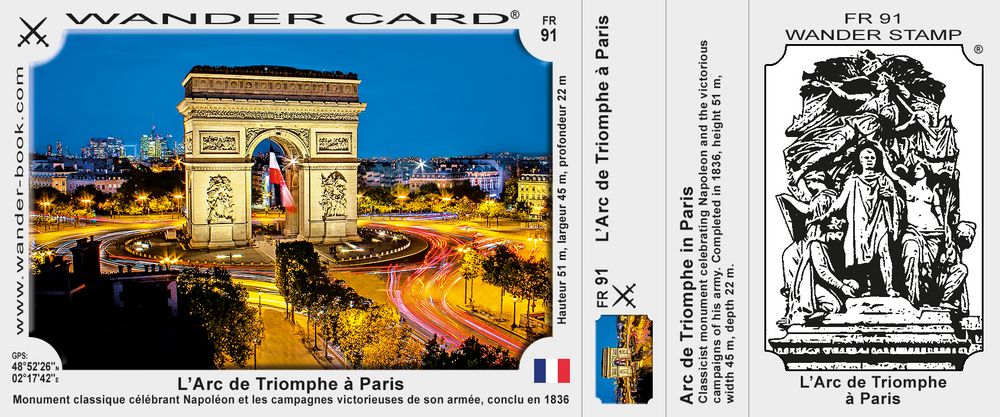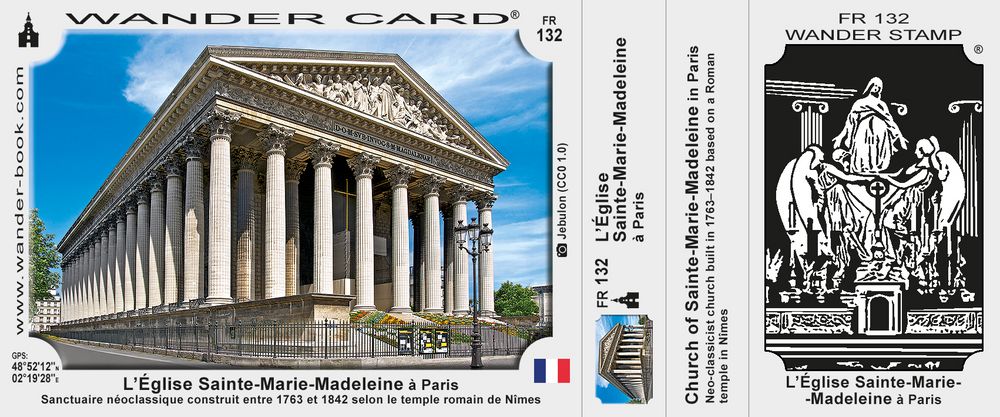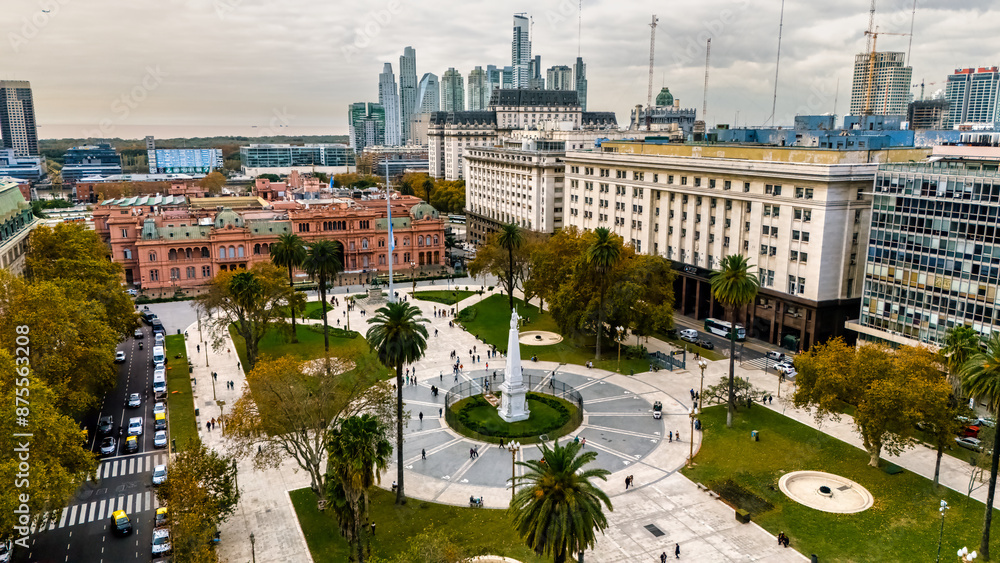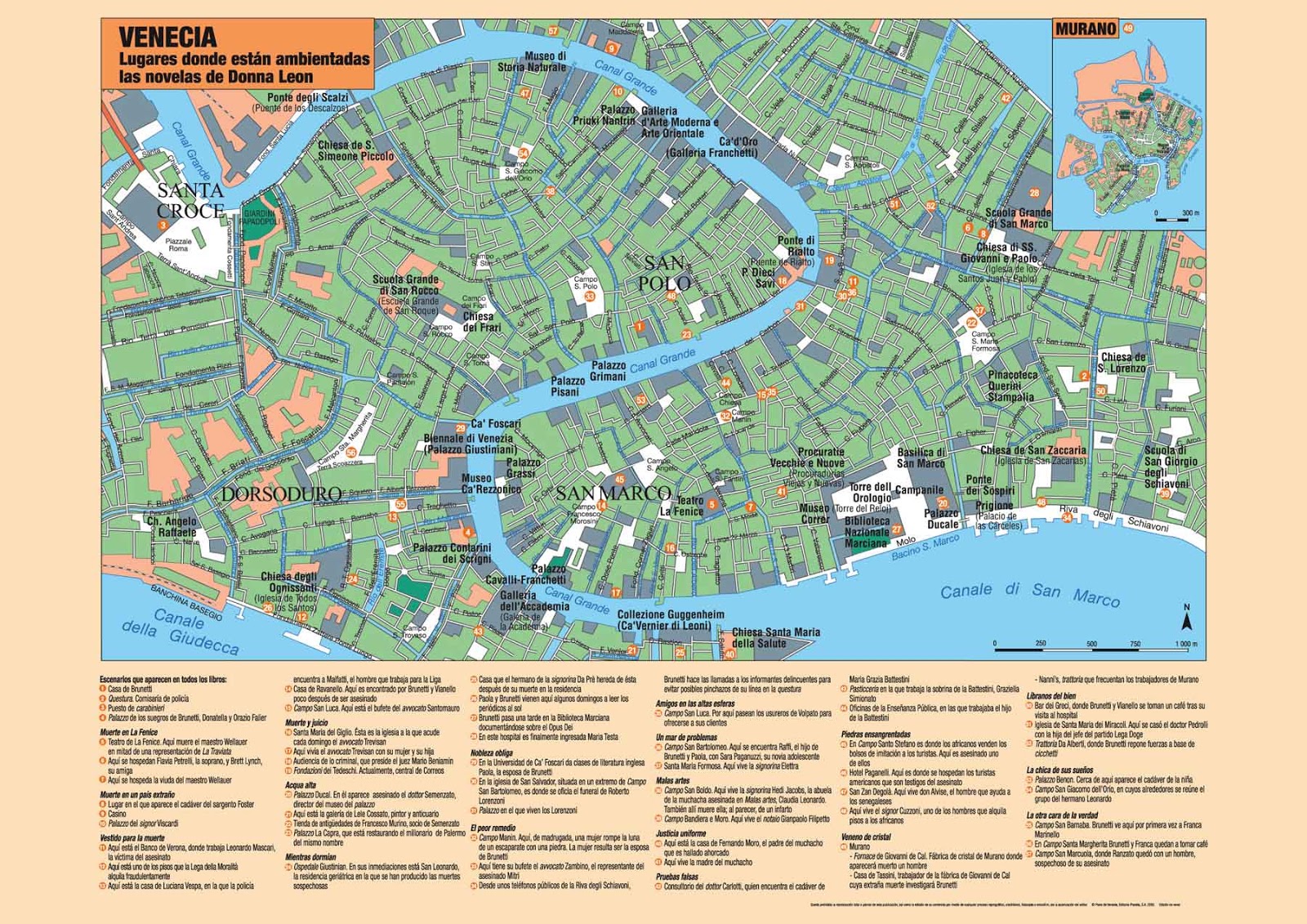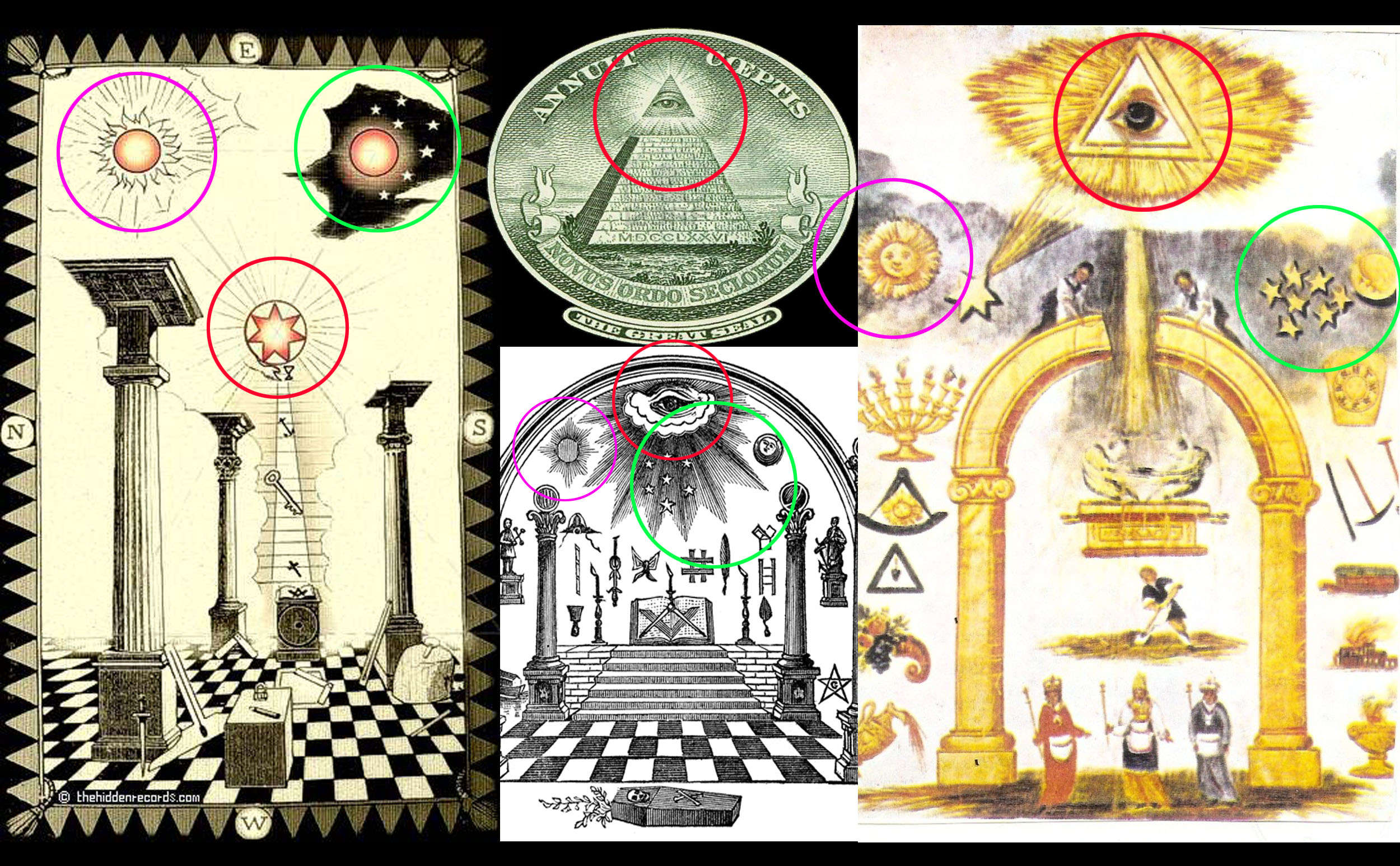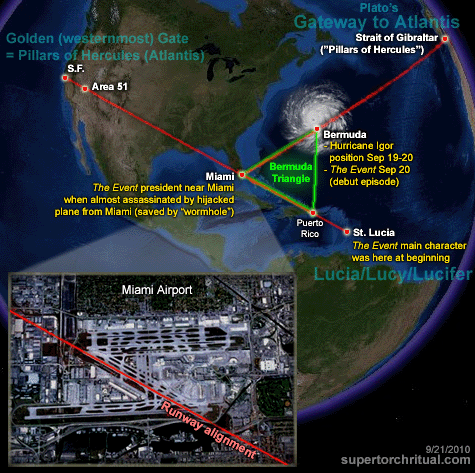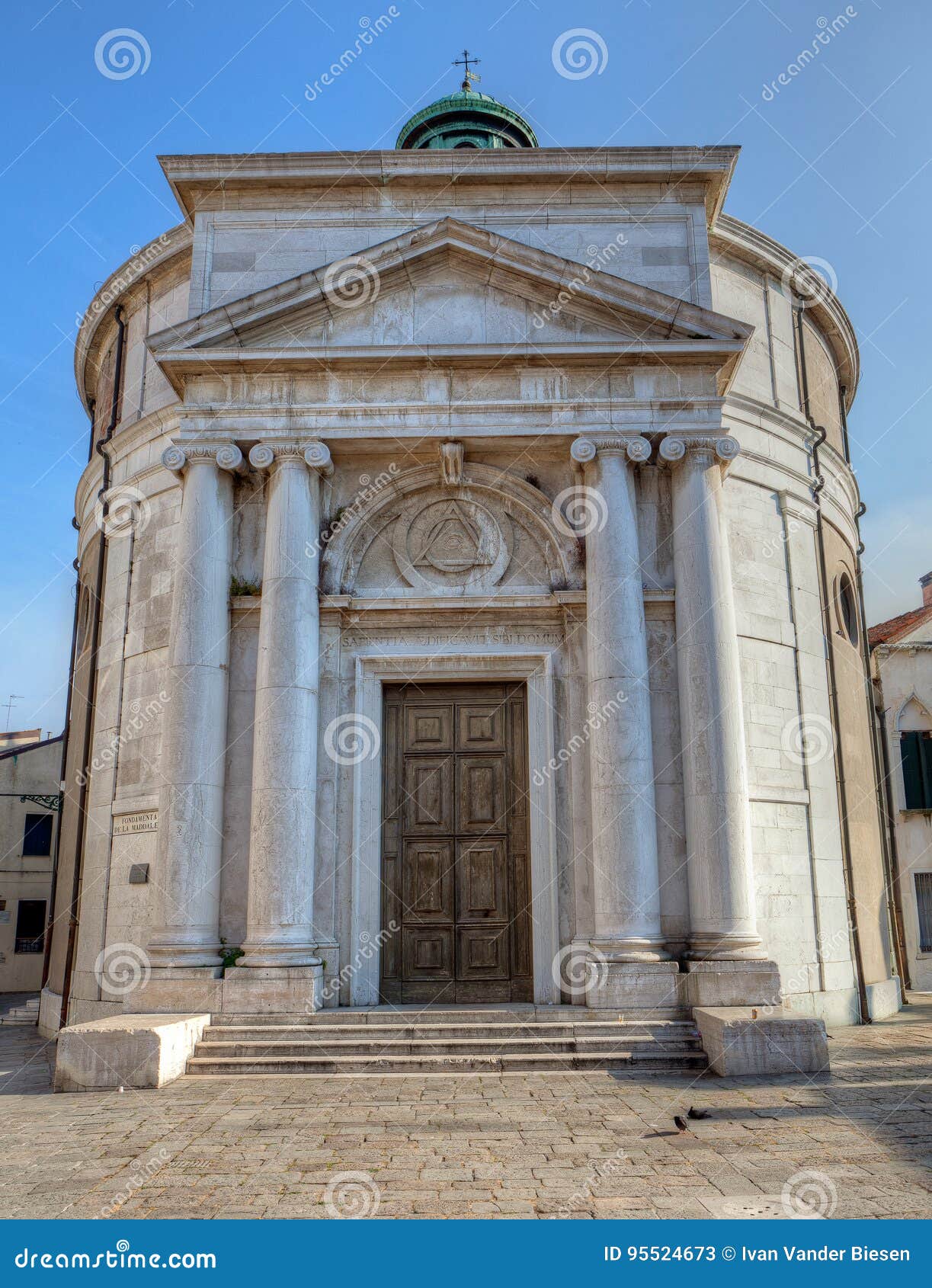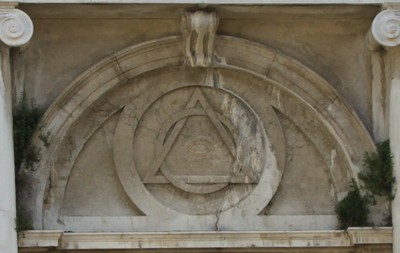|
Reply |
Message 1 of 21 on the subject |
|
   


 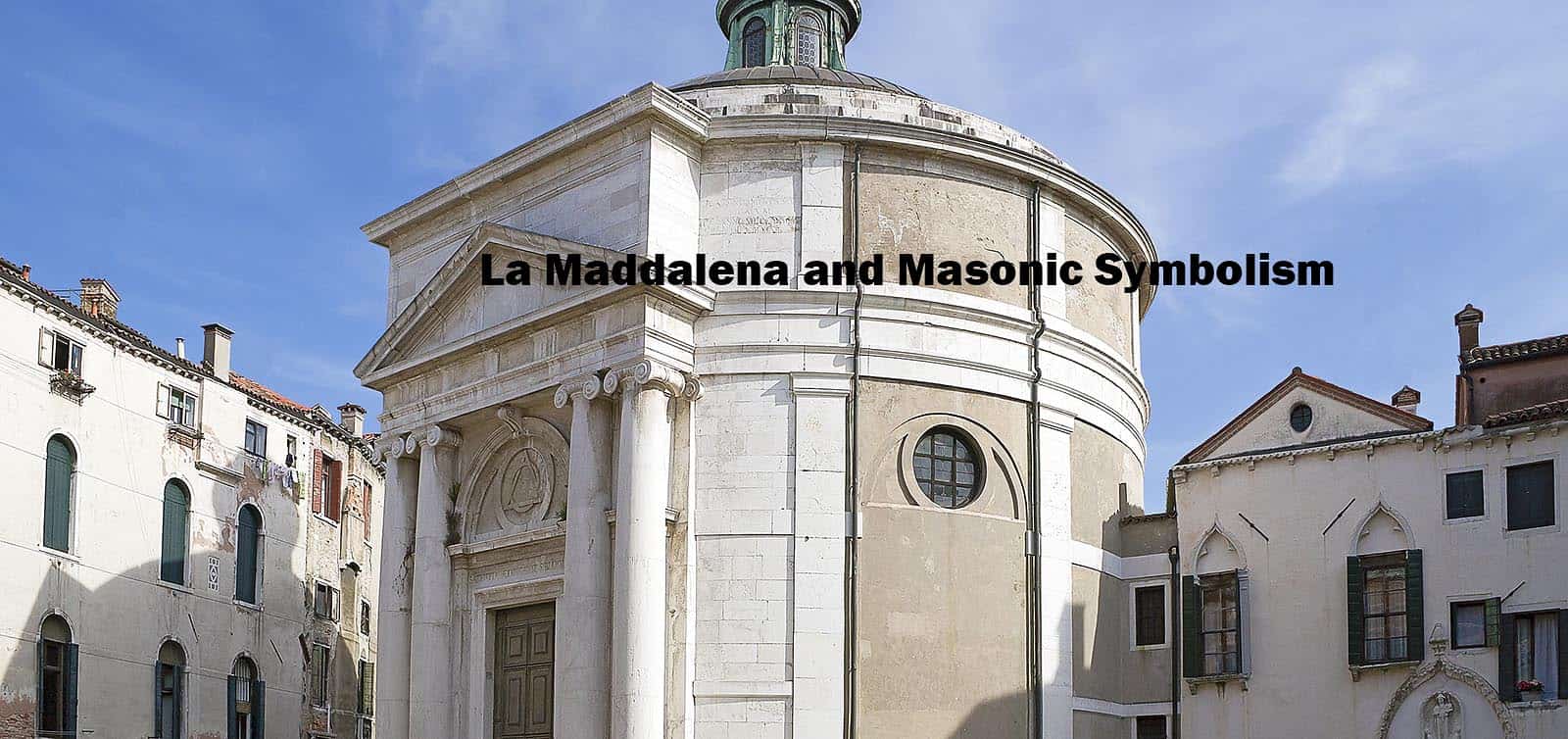      

New International VersionIt is as if the dew of Hermon were falling on Mount Zion. For there the LORD bestows his blessing, even life forevermore.
New Living TranslationHarmony is as refreshing as the dew from Mount Hermon that falls on the mountains of Zion. And there the LORD has pronounced his blessing, even life everlasting.
English Standard VersionIt is like the dew of Hermon, which falls on the mountains of Zion! For there the LORD has commanded the blessing, life forevermore.
Berean Standard BibleIt is like the dew of Hermon falling on the mountains of Zion. For there the LORD has bestowed the blessing of life forevermore.
King James BibleAs the dew of Hermon, and as the dew that descended upon the mountains of Zion: for there the LORD commanded the blessing, even life for evermore.
New King James VersionIt is like the dew of Hermon, Descending upon the mountains of Zion; For there the LORD commanded the blessing— Life forevermore.
New American Standard BibleIt is like the dew of Hermon Coming down upon the mountains of Zion; For the LORD commanded the blessing there—life forever.
NASB 1995It is like the dew of Hermon Coming down upon the mountains of Zion; For there the LORD commanded the blessing— life forever.
NASB 1977It is like the dew of Hermon, Coming down upon the mountains of Zion; For there the LORD commanded the blessing—life forever.
Legacy Standard BibleIt is like the dew of Hermon Coming down upon the mountains of Zion; For there, Yahweh commanded the blessing—life forever.
Amplified BibleIt is like the dew of [Mount] Hermon Coming down on the hills of Zion; For there the LORD has commanded the blessing: life forevermore.
Christian Standard BibleIt is like the dew of Hermon falling on the mountains of Zion. For there the LORD has appointed the blessing — life forevermore.
Holman Christian Standard BibleIt is like the dew of Hermon falling on the mountains of Zion. For there the LORD has appointed the blessing— life forevermore.
American Standard VersionLike the dew of Hermon, That cometh down upon the mountains of Zion: For there Jehovah commanded the blessing, Even life for evermore.
Contemporary English VersionIt is like the dew from Mount Hermon, falling on Zion's mountains, where the LORD has promised to bless his people with life forevermore.
English Revised VersionLike the dew of Hermon, that cometh down upon the mountains of Zion: for there the LORD commanded the blessing, even life for evermore.
GOD'S WORD® TranslationIt is like dew on [Mount] Hermon, dew which comes down on Zion's mountains. That is where the LORD promised the blessing of eternal life.
Good News TranslationIt is like the dew on Mount Hermon, falling on the hills of Zion. That is where the LORD has promised his blessing--life that never ends.
International Standard VersionIt is like the dew of Hermon falling on Zion's mountains. For there the LORD commanded his blessing— life everlasting.
Majority Standard BibleIt is like the dew of Hermon falling on the mountains of Zion. For there the LORD has bestowed the blessing of life forevermore.
NET BibleIt is like the dew of Hermon, which flows down upon the hills of Zion. Indeed that is where the LORD has decreed a blessing will be available--eternal life.
New Heart English Biblelike the dew of Hermon, that comes down on the hills of Zion: for there the LORD gives the blessing, even life forevermore.
Webster's Bible TranslationAs the dew of Hermon, and as the dew that descended upon the mountains of Zion: for there the LORD commanded the blessing, even life for ever.
World English Biblelike the dew of Hermon, that comes down on the hills of Zion; for there Yahweh gives the blessing, even life forever more.
Literal Translations
Literal Standard VersionAs dew of Hermon—That comes down on hills of Zion, "" For there YHWH commanded the blessing—Life for all time!
Young's Literal TranslationAs dew of Hermon -- That cometh down on hills of Zion, For there Jehovah commanded the blessing -- Life unto the age!
Smith's Literal TranslationAs the dew of Hermon coming down upon the mountains of Zion: for there Jehovah commanded the blessing, life even forever.
Catholic Translations
Douay-Rheims Bibleas the dew of Hermon, which descendeth upon mount Sion. For there the Lord hath commandeth blessing, and life for evermore.
Catholic Public Domain VersionIt is like the dew of Hermon, which descended from mount Zion. For in that place, the Lord has commanded a blessing, and life, even unto eternity.
New American BibleLike dew of Hermon coming down upon the mountains of Zion. There the LORD has decreed a blessing, life for evermore!
New Revised Standard VersionIt is like the dew of Hermon, which falls on the mountains of Zion. For there the LORD ordained his blessing, life forevermore.
Translations from Aramaic
Lamsa BibleLike the dew of Hermon that falls upon the mount of Zion; for there the LORD commanded the blessing, even life for evermore.
Peshitta Holy Bible TranslatedLike the dew of Hermon that descends upon the mountain of Zion, because there LORD JEHOVAH commanded the blessing and the Life unto eternity.
OT Translations
JPS Tanakh 1917Like the dew of Hermon, That cometh down upon the mountains of Zion; For there the LORD commanded the blessing, Even life for ever.
Brenton Septuagint TranslationAs the dew of Aermon, that comes down on the mountains of Sion: for there, the Lord commanded the blessing, even life for ever.
Additional Translations ...
|
 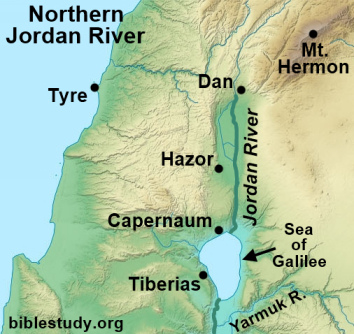  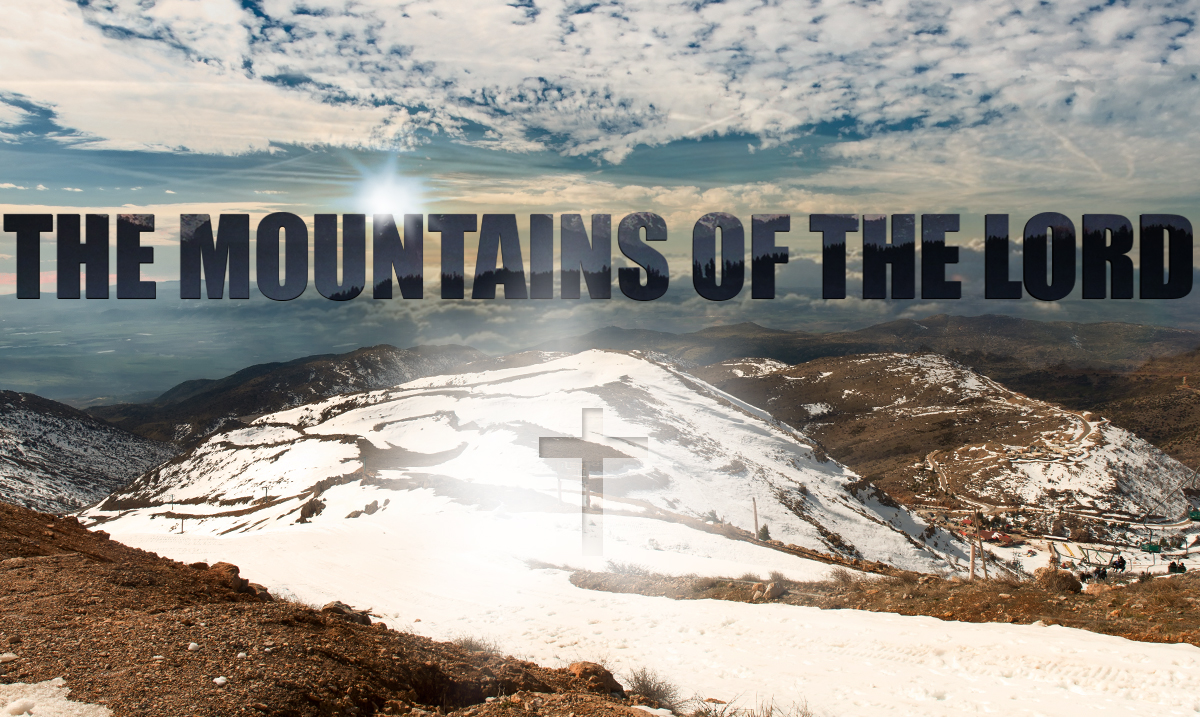   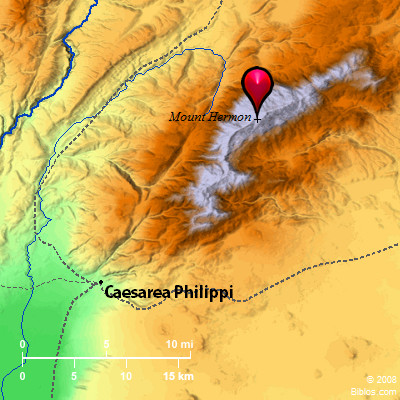 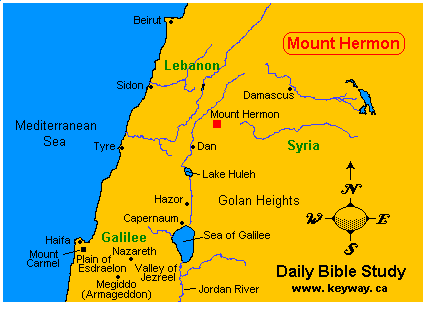        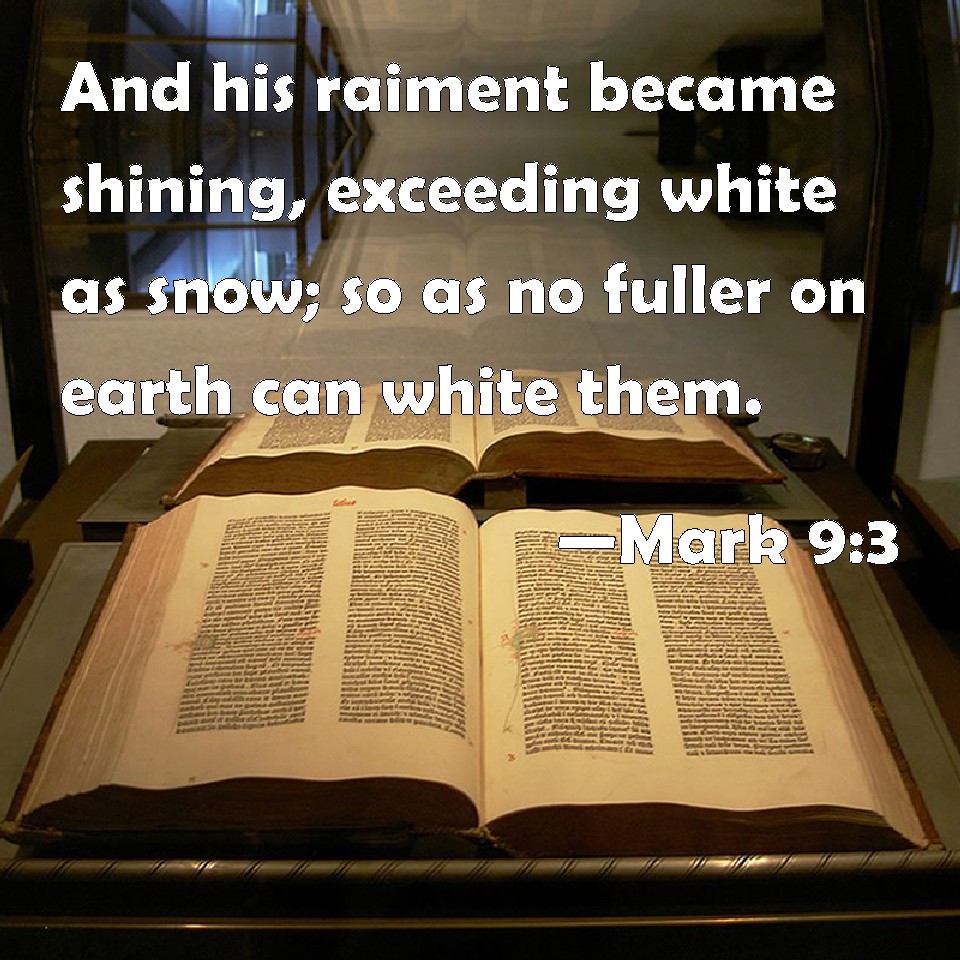 
|
|
|
|
Reply |
Message 7 of 21 on the subject |
|
Does space "flow" like a river? There's an analogy in General Relativity ... Why The Theory of Relativity Doesn't Add Up (In Einstein's Own Words).
|
|
|
|
Reply |
Message 8 of 21 on the subject |
|
Does space "flow" like a river? There's an analogy in General Relativity ... Why The Theory of Relativity Doesn't Add Up (In Einstein's Own Words).
|
|
|
|
Reply |
Message 9 of 21 on the subject |
|
|
|
|
Reply |
Message 10 of 21 on the subject |
|
|
|
|
Reply |
Message 11 of 21 on the subject |
|
|
|
|
Reply |
Message 12 of 21 on the subject |
|
|
|
|
Reply |
Message 13 of 21 on the subject |
|
|
|
|
Reply |
Message 14 of 21 on the subject |
|
Chapel of La Madeleine and its collection

Source
The Chapel of La Madeleine, located in Saint-Lô in the French department of Manche, is a historical site that has been transformed into a World War II memorial. This chapel is a testament to the city's rich history and its resilience during the war. It serves as a poignant reminder of the sacrifices made by the soldiers of the 29th and 35th Infantry Divisions of the United States who liberated Saint-Lô in 1944.
|
|
|
|
Reply |
Message 15 of 21 on the subject |
|
|
|
|
Reply |
Message 16 of 21 on the subject |
|
| Enviado: 21/10/2024 10:30 |
|
|
|
|
|
|
Reply |
Message 17 of 21 on the subject |
|
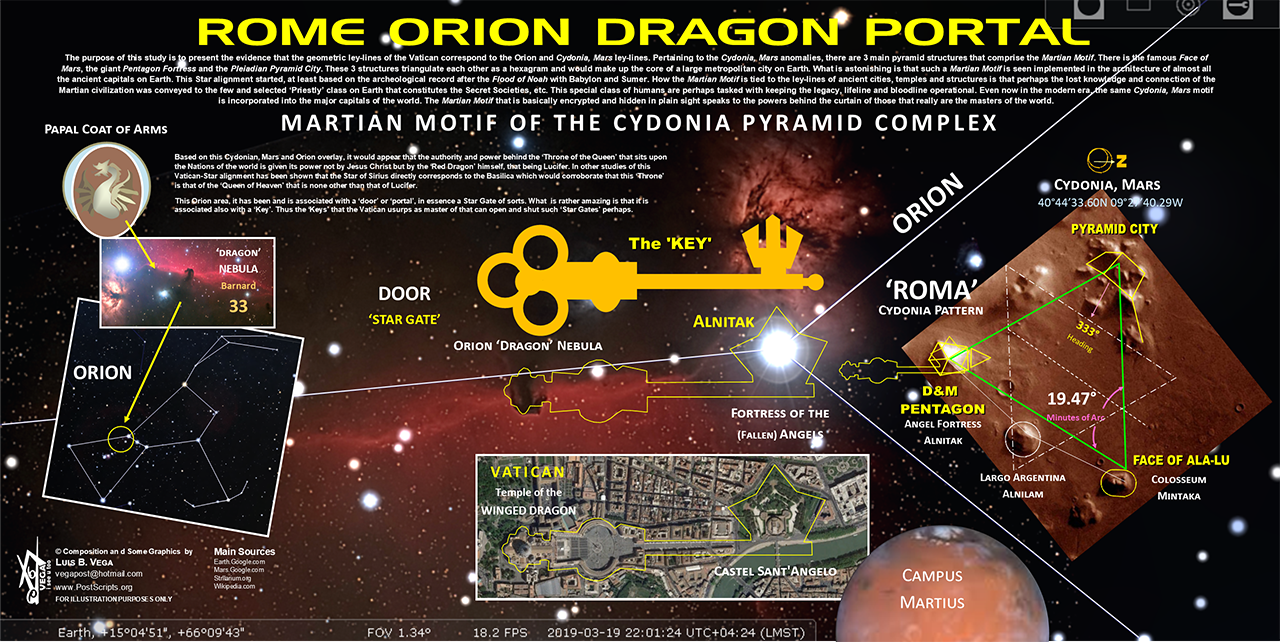
ANCIENT EGYPTIAN GEODESY - PART II
The great circle alignment from Giza to Alexandria has an azimuth of 51.85° north of due west from Giza (the same angle as the slope of the Great Pyramid). Extended beyond Alexandria, this great circle also crosses over Delphi, Rollright and Newgrange, as well as the city of London.

Map image © VectorGlobe
The azimuth of a great circle alignment from Dendera to Paris is also 51.85° north of due west.

Map image - Roger Hedin
Dendera was dedicated to Isis/Sirius. The ancient Egyptian year began on the date of the heliacal rising of Sirius in mid July. The helical rising of Sirius heralded the annual inundation of the Nile that was essential to the welfare of ancient Egypt. The axis of the temple of Isis at Dendera was aligned 20° south of due east, pointing directly at the rising point of Sirius from the latitude of Dendera.
Robert Bauval describes a number of connections between Isis/Sirius and Paris in Talisman (2004). Isis is shown riding on a boat in many ancient Egyptian drawings and carvings. At the direction of Napoleon, Sirius and a statue of Isis were added to the coat of arms for Paris shown below.

During the French revolution, a statue of Isis known as the Fountain of Regeneration was constructed on the former site of the Bastille. The engraving below commemorated this statue.
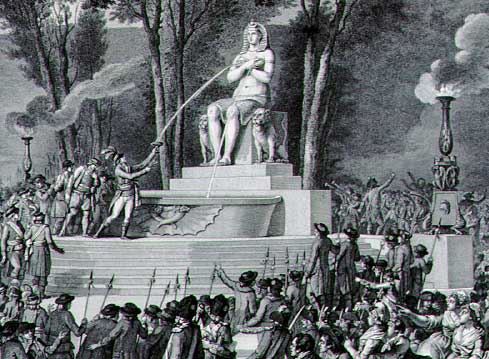
Fountain of Regeneration Engraving
The Elysian Fields is described as a place of eternal salvation in the ancient Egyptian Book of the Dead. Named after the Elysian Fields, the Champs Elysees is the main axis of Paris. The names Elysian and Elysees both suggest an association with Isis. The photograph below is facing southeast. The Arc de Triumphe is visible in the background. Beyond the Arc de Triumphe is the Louvre. The azimuth of the Champs Elysees is 26° south of due east, pointing directly at the rising point of Sirius/Isis from the latitude of Paris.

The termination point of the Champs Elysees to the northwest is the Grande Arche, in the foreground of the picture above. The axis of the Grande Arche is offset 6.33° south of the axis of the Champs Elysees. With an azimuth of just over 32° south of due east, the azimuth of the axis of the Grande Arche is the same as the azimuth of the great circle alignment from Paris to Dendera.
The Grande Arche is a nearly perfect cube with a height of 110 meters, a width of 108 meters and a depth of 112 meters. It is often described as a cube with side lengths of 110 meters. This is equal to 210 ancient Egyptian cubits:
110/210 = .5238
.5238 meters is a precise measure of the ancient Egyptian cubit, equating to 20.6222 inches, well within the ± .005 inches in Petrie's 20.62 inch measure of the ancient Egyptian cubit. Instead of the usual comparisons between the cubit and the meter of .52375/1 or .524/1, the best comparative measure may be the simple fraction of 11/21 that is suggested by the Grande Arche.

Image © Insecula.com
The sides of the Grande Arche are divided into 5 x 5 large panels and within each large panel are 7 x 7 smaller panels. Side lengths of 110 meters suggest lengths of 22 meters for the sides of the large panels with lengths of 22/7 meters for the sides of the smaller panels. The fraction 22/7 equals 3.1428, an accurate expression of π that is also found in the dimensions of the Great Pyramid. Side lengths of 210 cubits in the Grande Arche suggest lengths of 42 cubits for the sides of the large panels and 6 cubits for the sides of the smaller panels. This also shows that the relationship between the meter and the cubit is 6/π, using the measure of 22/7 for π:
21/11 = 6/π
22/7 x 21/11 = 6

The northern pyramid at Dashur, known as the Red Pyramid, was the first true (smooth sided) pyramid built in Egypt and it was the last pyramid built prior to construction of the Great Pyramid. The baselengths of the Red Pyramid are 420 cubits (220 meters) long, 20x multiples of 21/11.

Image by Jon Bodsworth
One of the oldest stone circles in England is at Rollright. The diameter of the Rollright circle is 31.4 meters, an accurate expression of π times 10 meters. Given the 6/π relationship between the meter and the cubit, the diameter of the Rollright circle is also 60 ancient Egyptian cubits.
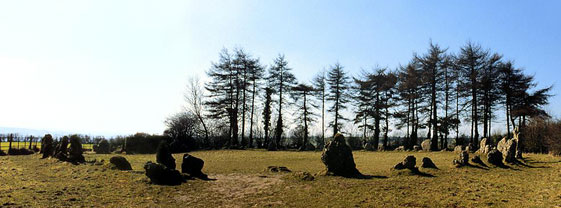
BACK
http://home.hiwaay.net/~jalison/Art5.html
|
|
|
|
Reply |
Message 18 of 21 on the subject |
|
|
|
|
About Plaza de Mayo
The Plaza de Mayo is as basic to Argentine political history as La Boca and nostalgic foreigners are to tango. The square is a political center, money related and regulatory focus and all through history has been an image of fiasco, insubordination, and expectation.
In May 1810 the transformation started in what was then called the Plaza de la Victoria. After six years Argentina won autonomy from Spain and the square was given its present name, May Square.
Among the three essential noteworthy structures on the court, are the Cabildo, the previous seat of the Colonial government, the Buenos Aires Metropolitan Cathedral — now acclaimed as Pope Francis' previous area, and obviously the administration house, the Casa Rosada.
https://www.hellotravel.com/argentina/plaza-de-mayo |
|
|
|
|
|
|
Reply |
Message 19 of 21 on the subject |
|
https://www.kget.com/entertainment-news/ap-pope-visits-venice-to-speak-to-artists-and-inmates-and-finds-a-city-taxing-day-trippers-like-him/ |
|
|
|
Reply |
Message 20 of 21 on the subject |
|
ISLA SAN GIORGIO (VENECIA)=GEORGE LEMAITRE
|
|
|
|
Reply |
Message 21 of 21 on the subject |
|
SAINT MARY MAGDALENE
 Saint Mary Magdalene Saint Mary Magdalene
The memorial of Saint Mary Magdalene was elevated to a Feast on 3 June 2016 by Pope Francis during the Jubilee of Mercy. We cite part of the decree: “The decision is situated in the current ecclesial context, which calls upon us to reflect more deeply on the dignity of women, the new evangelisation and the greatness of the mystery of divine mercy.”
On the first day of the week, Mary Magdalene came to the tomb early in the morning, while it was still dark, and saw the stone removed from the tomb. So she ran and went to Simon Peter and to the other disciple whom Jesus loved, and told them, “They have taken the Lord from the tomb, and we don’t know where they put him.” Mary stayed outside the tomb weeping. And as she wept, she bent over into the tomb and saw two angels in white sitting there, one at the head and one at the feet where the Body of Jesus had been. And they said to her, “Woman, why are you weeping?” She said to them, “They have taken my Lord, and I don’t know where they laid him.” When she had said this, she turned around and saw Jesus there, but did not know it was Jesus. Jesus said to her, “Woman, why are you weeping? Whom are you looking for?” She thought it was the gardener and said to him, “Sir, if you carried him away, tell me where you laid him, and I will take him.” Jesus said to her, “Mary!” She turned and said to him in Hebrew, “Rabbouni,” which means Teacher. Jesus said to her, “Stop holding on to me, for I have not yet ascended to the Father. But go to my brothers and tell them, ‘I am going to my Father and your Father, to my God and your God.’” Mary Magdalene went and announced to the disciples, “I have seen the Lord,” and then reported what he told her. (Jn. 20:1-2; .11-18)
Mary Magdalene and Saint John Paul II
It was Saint John Paul II who dedicated a lot of attention, not only to the importance of women in Christ’s and the Church’s very mission, but also with special emphasis, to the particular function of Mary Magdalene as the first witness who saw the Risen One and the first messenger who proclaimed the resurrection of the Lord to the Apostles (cf. Mulieris dignitatem, n. 16). The importance of women continues on in the Church today. It is manifested in the Church’s dedication to the new evangelization which seeks to welcome men and women, without distinction, from every race, people, language and nation (see Rev. 5:9), to proclaim the Good News of the Gospel of Jesus Christ, accompanying them on their earthly pilgrimage and offering them the wonders of God’s salvation. Saint Mary Magdalene is a true and authentic example of an evangelizer, that is, of an evangelizer who proclaims the joyful Easter message (see Collect for the Feast of Saint Mary Magdalene and the new preface).
Mary Magdalene and Pope Francis
Pope Francis made the decision to elevate the memorial of Saint Mary Magdalene precisely within the context of the Jubilee of Mercy to highlight the relevance of this woman who had such a great love for Christ and who was tremendously loved by Christ…. It is also of note that ecclesial tradition in the West, especially after Saint Gregory the Great, identified Mary Magdalene with the woman who washed Jesus’s feet with perfume in Simon the Pharisee’s house. This interpretation continued to influence western Church writers, and artists, as well as the liturgical texts connected with the Saint.
Mary Magdalene, first witness of the resurrection
We know that Mary Magdalene was a member of the group of Jesus’s disciples. She followed him even to the foot of the cross and to the garden where he was buried. Saint Gregory reminds us that she was the first testis divinae misericordiae (witness to divine mercy). The Gospel of John recounts that Mary Magdalene wept because she could not find the Lord’s body (see Jn. 20:11). Jesus had mercy on her, allowing her to recognize him as “Rabbouni”, thus transforming her tears into Easter joy.
On the one hand, she had the honor of being the prima testis (first witness) of the resurrection of the Lord, the first to see the empty tomb, and the first to hear the truth of his resurrection. Christ had a special consideration and mercy for this woman who showed such great love toward Him that she sought him anxiously in the garden with such suffering, with lacrimas humiltatis (humble tears), as Saint Anselm called them….
In addition, it is specifically in the garden of the resurrection that the Lord says to Mary Magdalene: “Do not hold on to me”. This is an invitation directed not only to Mary, but also to the entire Church, to enter into an experience of faith that surpasses any materialistic appropriation or human understanding of the divine mystery. It has an ecclesial scope! It is a good lesson for any disciple of Jesus not to seek human securities and worldly titles, but faith in the Living and Risen Christ!
Mary Magdalen, the first apostle
Precisely because she was an eyewitness of the Risen Christ, she was also the first to witness to Christ’s resurrection before the apostles. She fulfilled the mandate of the Risen One: “Go to my brothers and tell them…. Mary Magdalen went and announced to the disciples, ‘I have seen the Lord’ and then reported what he told her” (Jn. 20:17-18). In this way, she became, as already stated, an evangelizer, that is, a messenger who proclaims the good news of the resurrection of the Lord, or, as Rabanus Maurus and Saint Thomas Aquinas used to say, apostolorum apostola (apostle to the apostles) because she announced to the apostles what they, in their turn, would proclaim throughout the entire world. The Angelic Doctor was right in using this term, applying it to Mary Magdalene. She is the witness of the Risen Christ and announced the message of the resurrection, like the other Apostles.
https://www.vaticannews.va/en/liturgical-holidays/saint-mary-magdalene.html |
|
|
 First First
 Previous
7 a 21 de 21
Next Previous
7 a 21 de 21
Next
 Last
Last

|




![Regreso Al Fururo III (Back To The Future III) [1990] –, 40% OFF](https://m.media-amazon.com/images/M/MV5BYzgzMDc2YjQtOWM1OS00ZjhhLWJiNjQtMzE3ZTY4MTZiY2ViXkEyXkFqcGdeQXVyNDQ0MTYzMDA@._V1_.jpg)
















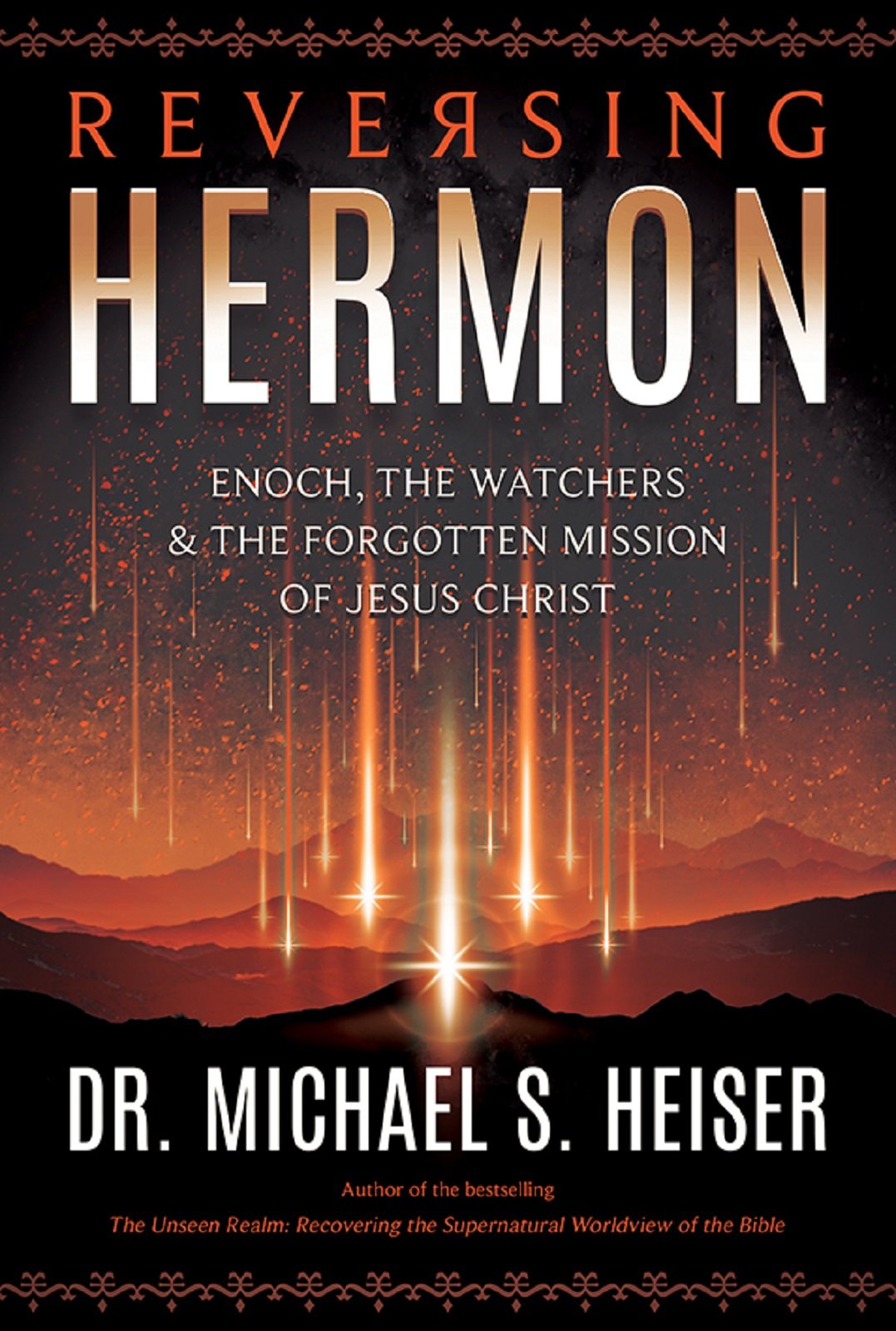
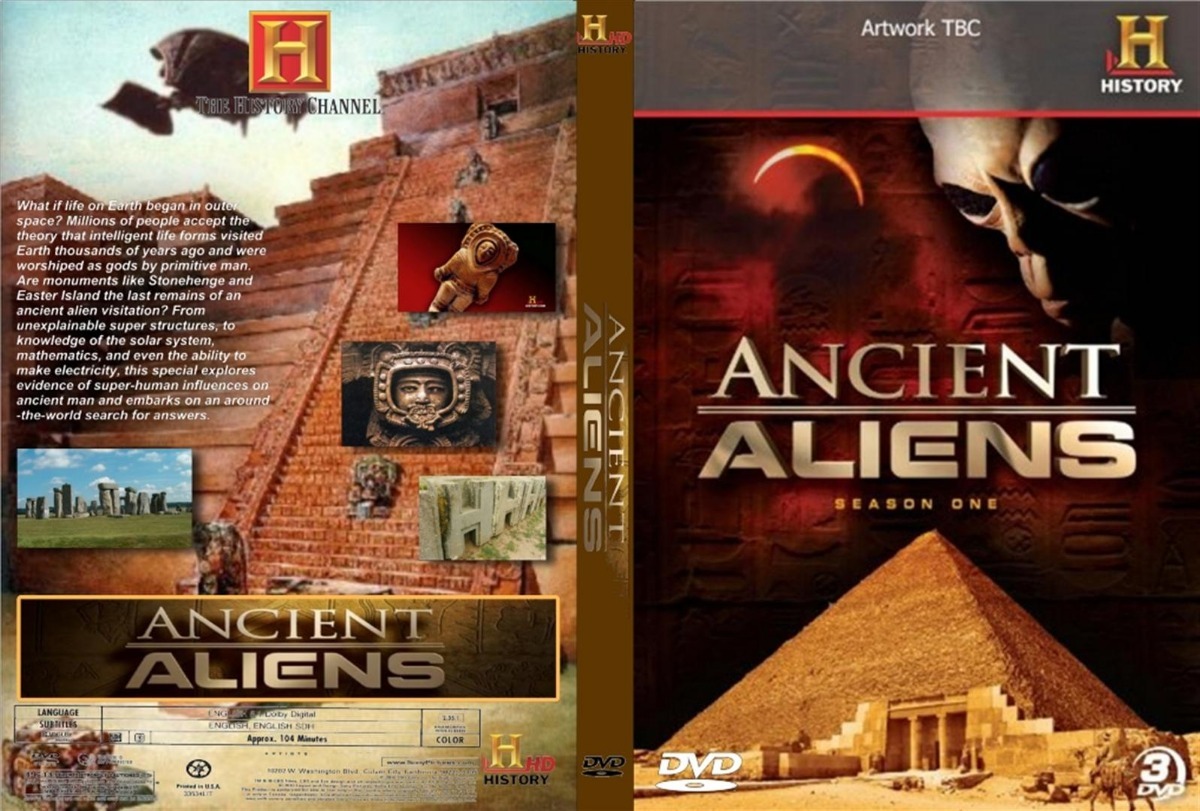

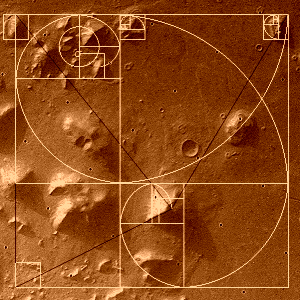
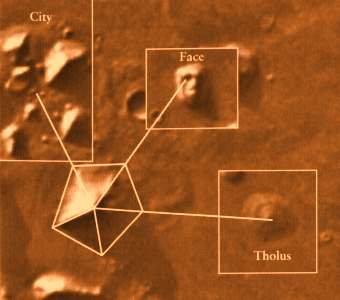

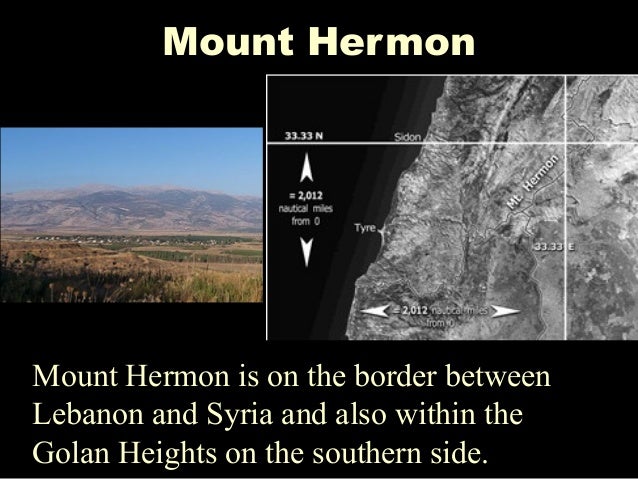






![Revelation 1:14 (lsv) - and His head and hairs [were] white, as if ...](https://img2.bibliaya.com/Bibleya/verse/revelation-1-14-lsv.jpg)





































